If you love spicy food or want to add a fiery touch to your homemade dishes, growing cayenne peppers is one of the most rewarding gardening projects you can try. The best part? You don’t even need a large garden — cayenne peppers thrive beautifully in containers! Whether you live in an apartment, have a small balcony, or simply want to grow them closer to your kitchen, container gardening offers a convenient and efficient way to cultivate these hot and healthy peppers.
In this comprehensive guide, we’ll walk you through everything you need to know about growing cayenne peppers in containers — from choosing the right pot and soil to caring for your plants and maximizing your harvest. By the end, you’ll have all the tools and knowledge to grow vibrant, productive cayenne plants that spice up both your garden and your meals.
Why Choose Cayenne Peppers for Container Gardening
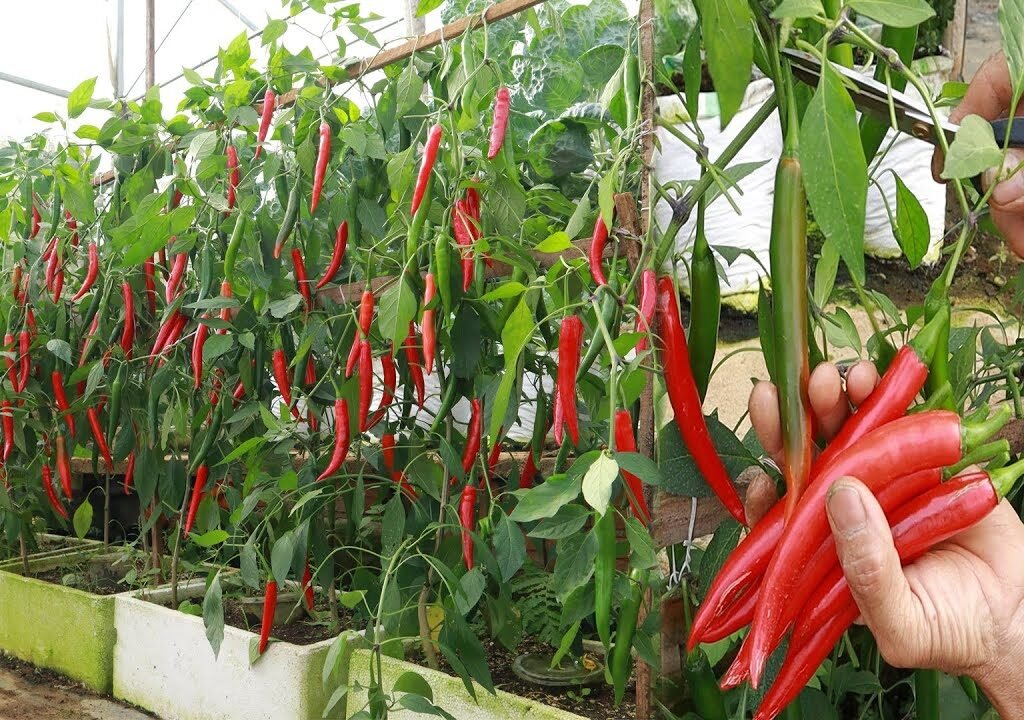
Cayenne peppers (Capsicum annuum) are not only popular for their heat but also for their adaptability. These compact plants grow exceptionally well in containers, making them perfect for urban gardeners or anyone with limited outdoor space.
Here are a few reasons why cayenne peppers are ideal for container gardening:
- Compact Size: Cayenne plants typically grow between 2 to 4 feet tall, which fits nicely in pots or grow bags.
- High Yield: Even one or two plants can produce dozens of slender, vibrant red peppers.
- Low Maintenance: Cayenne peppers are hardy and tolerant of heat, making them easy to care for.
- Culinary and Medicinal Uses: From spicy sauces to natural pain relief remedies, cayenne peppers are versatile and valuable.
Step 1: Choosing the Right Container
Your cayenne pepper plant’s success begins with the right container. These plants need room for root growth, so choose a pot that’s at least 12–14 inches deep and wide.
Tips for choosing a container:
- Material: Plastic, ceramic, or terracotta pots all work fine. Plastic pots retain moisture better, while clay pots allow good airflow to the roots.
- Drainage: Ensure the pot has multiple drainage holes. Peppers dislike soggy soil. You can place a saucer underneath to catch excess water.
- Color: Lighter-colored pots help reflect heat, preventing root stress in hot weather.
If you’re planning to grow multiple plants, give each cayenne pepper its own container to avoid competition for nutrients.
Step 2: Preparing the Ideal Soil Mix
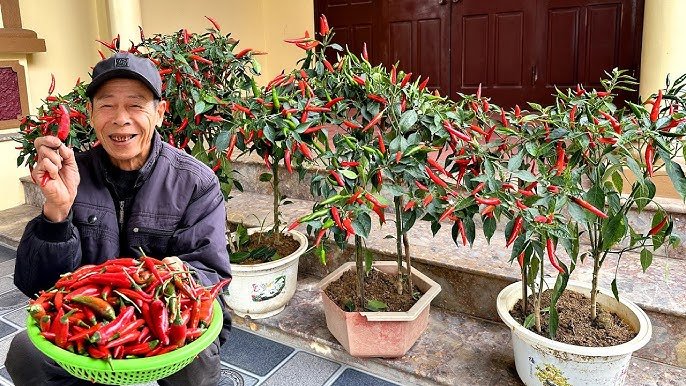
Cayenne peppers love well-draining, nutrient-rich soil. Poor-quality or heavy garden soil can stunt growth and lead to root rot.
Best soil mix for container-grown cayenne peppers:
- 1 part high-quality potting mix
- 1 part compost or aged manure
- 1 part perlite or coarse sand for aeration
You can also mix in a handful of bone meal or slow-release organic fertilizer to give your plant a nutrient boost at the start. The ideal soil pH should be between 6.0 and 6.8, slightly acidic.
Step 3: Planting Cayenne Peppers
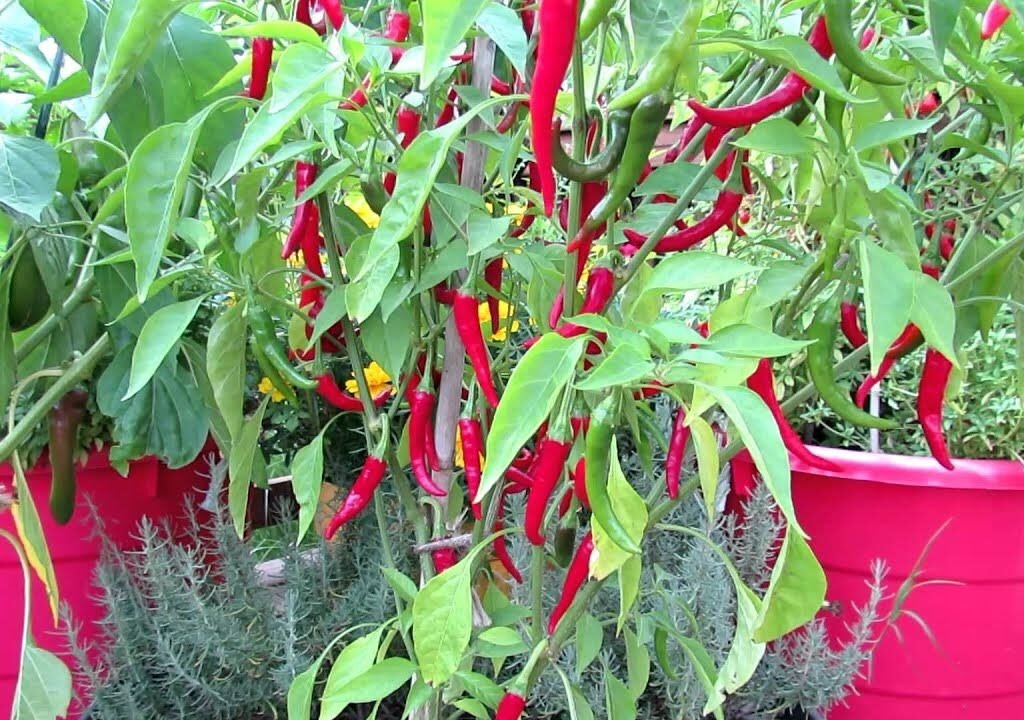
You can start cayenne peppers from seeds or buy young transplants from a nursery.
If Starting from Seeds:
- Start seeds indoors 8–10 weeks before the last frost date.
- Sow seeds in seed trays or small pots filled with a seed-starting mix.
- Keep them in a warm spot (75–85°F) and maintain consistent moisture.
- Once seedlings develop 3–4 true leaves, transplant them into larger pots.
If Using Nursery Plants:
- Gently remove the young plant from its container and loosen the roots slightly.
- Plant it in your prepared container, keeping the soil level just below the first set of leaves.
- Water thoroughly after planting to help the roots settle in.
Step 4: Providing Sunlight and Temperature
Cayenne peppers love warmth and sunshine. For best growth, place your container in a location that receives at least 6–8 hours of direct sunlight daily.
- Optimal temperature: 70–90°F during the day and not below 55°F at night.
- If you’re growing indoors, place the container near a sunny window or use grow lights to provide adequate light.
- Rotate the pot every few days to ensure even growth and prevent the plant from leaning toward the sun.
Step 5: Watering and Fertilizing
Proper watering is crucial in container gardening. Since containers dry out faster than ground soil, you need to monitor moisture levels carefully.
Watering Tips:
- Water when the top inch of soil feels dry to the touch.
- Avoid overwatering, as soggy roots can cause fungal diseases.
- During hot weather, you might need to water daily.
- Use a watering can with a fine nozzle to prevent soil displacement.
Fertilizing Tips:
- Feed your cayenne pepper plants every 2–3 weeks with a balanced liquid fertilizer (10-10-10 or organic alternatives like fish emulsion).
- Once the plant begins to flower, switch to a fertilizer higher in potassium and phosphorus to promote fruiting.
- Avoid too much nitrogen—it encourages leafy growth but reduces fruit production.
Step 6: Pruning and Supporting the Plant
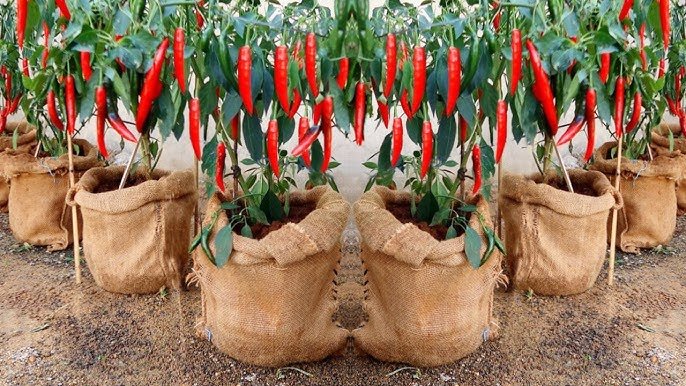
As your cayenne pepper plant grows, pruning helps it stay healthy and productive.
Pruning Tips:
- Pinch off the top of the plant when it’s about 8–10 inches tall to encourage bushier growth.
- Remove any yellow or damaged leaves to improve air circulation.
- If your plant grows tall and heavy with fruit, use a small stake or cage to support it.
This prevents branches from bending or breaking under the weight of multiple peppers.
Step 7: Managing Pests and Diseases
Even in containers, cayenne peppers can attract pests such as aphids, spider mites, and whiteflies.
Natural pest control methods:
- Spray a mild neem oil solution every 7–10 days as a preventive measure.
- Wipe off small infestations with a damp cloth or a mixture of water and dish soap.
- Keep the area around your pots clean and free of fallen leaves.
Common diseases include root rot (caused by overwatering) and fungal infections. Proper drainage and good airflow around your containers help prevent most issues.
Step 8: Flowering and Pollination
Cayenne pepper plants produce small white flowers before the fruits develop. If you’re growing indoors, you might need to assist in pollination.
- Gently shake the plant or use a small brush to transfer pollen between flowers.
- Outdoors, pollinators like bees usually handle this naturally.
Within a few weeks, you’ll see small green peppers starting to form!
Step 9: Harvesting Cayenne Peppers
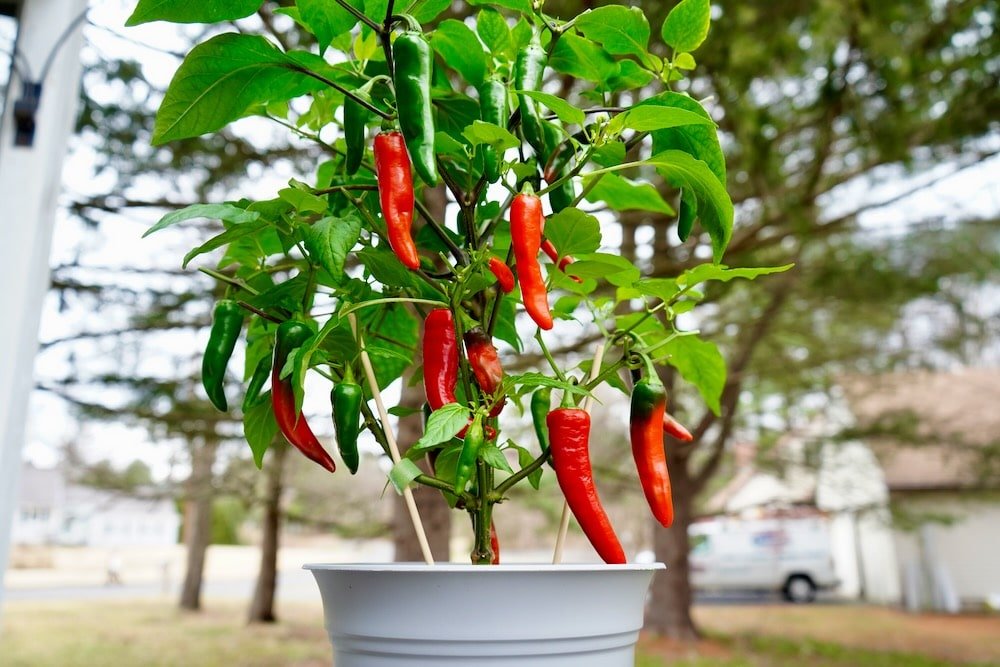
Cayenne peppers take about 70–100 days from transplanting to reach maturity.
Signs they’re ready to harvest:
- The peppers turn from green to bright red (some varieties may ripen to orange or yellow).
- The fruit feels firm to the touch.
To harvest, use clean scissors or pruning shears to cut the pepper, leaving a small stem attached. Pulling them off by hand can damage the plant.
You can harvest cayenne peppers at any stage, but they become spicier and more flavorful when fully mature.
Step 10: Storing and Using Cayenne Peppers
Once harvested, cayenne peppers can be used fresh, dried, or powdered.
Storage ideas:
- Drying: String the peppers together and hang them in a warm, airy place. Once dry, store them in airtight jars.
- Freezing: Wash and dry the peppers, then freeze them whole or sliced for long-term use.
- Cayenne Powder: Grind dried peppers into a fine powder using a blender or spice grinder.
You can use cayenne in sauces, marinades, stir-fries, or even health tonics. It’s known to boost metabolism, improve circulation, and support digestion.
Final Tips for Success
- Rotate your containers every few weeks for even sunlight exposure.
- Mulch the soil with straw or dry leaves to retain moisture and regulate temperature.
- Regularly inspect your plants for pests or nutrient deficiencies.
- Save seeds from your best peppers for the next planting season.
Conclusion
Growing cayenne peppers in containers is an easy and satisfying project that even beginner gardeners can master. With just a sunny spot, some quality soil, and a bit of care, you can enjoy an endless supply of fiery peppers right at home. Whether you’re cooking spicy dishes, making homemade hot sauce, or using them for natural remedies, cayenne peppers bring both beauty and flavor to your container garden.
So grab your pot, fill it with rich soil, and start growing your own cayenne pepper plant today — your taste buds (and your garden) will thank you!
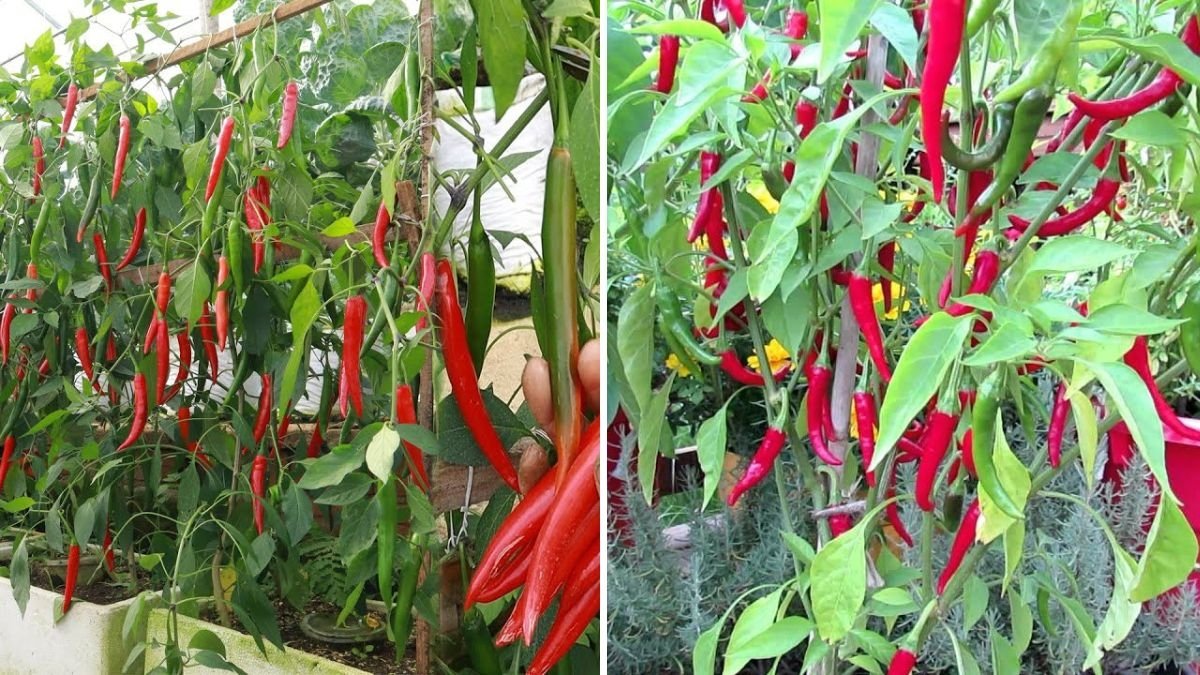
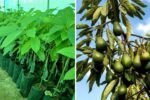
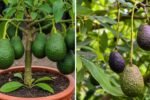
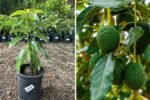
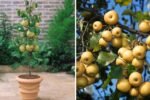
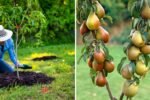
Leave A Comment